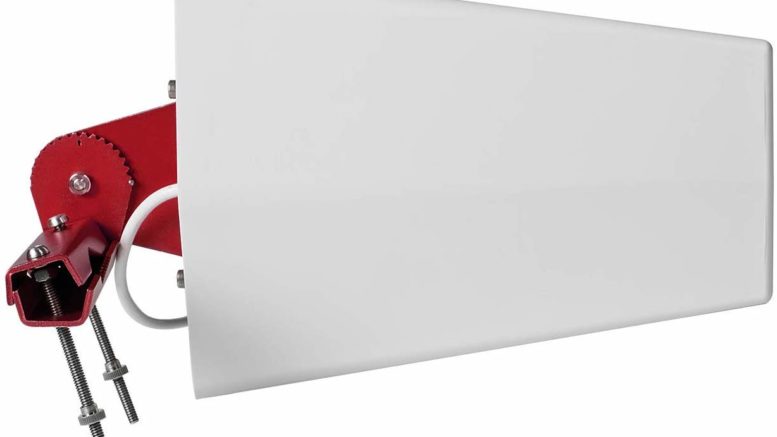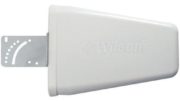Cell boosters seem like magic. You put up an antenna outside, you put an antenna inside, and connect the two of them to an amplifier. Instantly, you go from one bar to five. There’s really not more to it from the user point of view. But what if you just hooked a cell phone straight to an outdoor antenna? Would it work as well? Surprisingly, the answer could be “yes.” It just depends on what you mean by “work as well.”
It’s all about gain
Gain, as you can probably guess, is a measure of how much more signal you get with something than without it. The gain of weBoost’s most popular antenna right now is between 7 and 9 dB according to the manufacturer. The opposite of gain, of course, is loss. When you have 50 feet of coax cable, you lose about 3dB give or take. So right there, when the signal gets to the booster, it’s up by about 4-6dB.
That doesn’t seem like a lot but it’s generally enough, because it also bypasses the loss from cell signals going into your house. That can be 10-15dB depending on what your house is made of. So after all this math (I know, no one said there would be math) let’s say that the difference between the signal you get from your phone and the signal coming into the house from that antenna is about 17dB. We’re going to use that number as a base, and we have to all agree that it’s kinda fudged because every situation will be different.
The facts about cell boosters
Today’s cell boosters are rated at 70dB of boost, but that’s really only part of the story. Yes, they absolutely do provide that boost. But, once the signal comes out of the indoor antenna, it starts to weaken quickly. Get 10 feet away from the booster, and according to my tests you’ve lost 30dB of that. Get another 10 feet and it gets really variable. You’ve lost at least another 10dB of that, possibly more depending on if you’re now dealing with walls between you and the booster.
Most home boosters will cover an area of about 60 x 60 feet, which is 3,600 square feet. By the time you get that far away from the booster you’ve lost almost all of its power, and if the indoor antenna isn’t exactly centered in the house you might lose some of that power anyway. This isn’t to say that cell boosters are a bad deal. It’s just that in any kind of broadcasting, you lose power as you get further from the broadcast source.
So what that means is…
There’s going to come a point in your house where the amount of boost provided by your booster is less than 17dB. And in that case, yes technically you would be better off just physically connecting to the outdoor antenna. It’s an interesting thought experiment. But in reality, of course there are two reasons why it’s totally irrelevant.
The first is that it’s practically impossible to find a phone these days that will take an external antenna. This was a pretty common thing 20 years ago but today an antenna connector is seen as a waste of space. Space is at such a premium in most phones that they don’t even give you a removable battery, let alone an antenna connector. So even if you wanted to connect your phone to a rooftop antenna, you couldn’t.
The second, of course, is the actual purpose of a cell phone. It’s to not be connected to a wire. If you could connect to an external antenna on the roof, you’d be tethered to that cord. And let’s be honest, that’s a drag. That’s like, the 1980s. Back then if you wanted privacy you took your 25 foot phone cord and walked into another room. If someone else wanted the phone, they yanked on the cord until you came back. Another time, man, it was another time.
In the end, a cell booster’s a great deal.
Yes technically the booster itself just compensates for the fact that there’s no direct wire from the antenna. At least that’s true at some distances. But who wants a wired antenna these days?
Meantime, shop for cell boosters at Solid Signal. Call us if you have questions. The number is 888-233-7563. We’re here for you during East Coast business hours. Give our techs a try!





